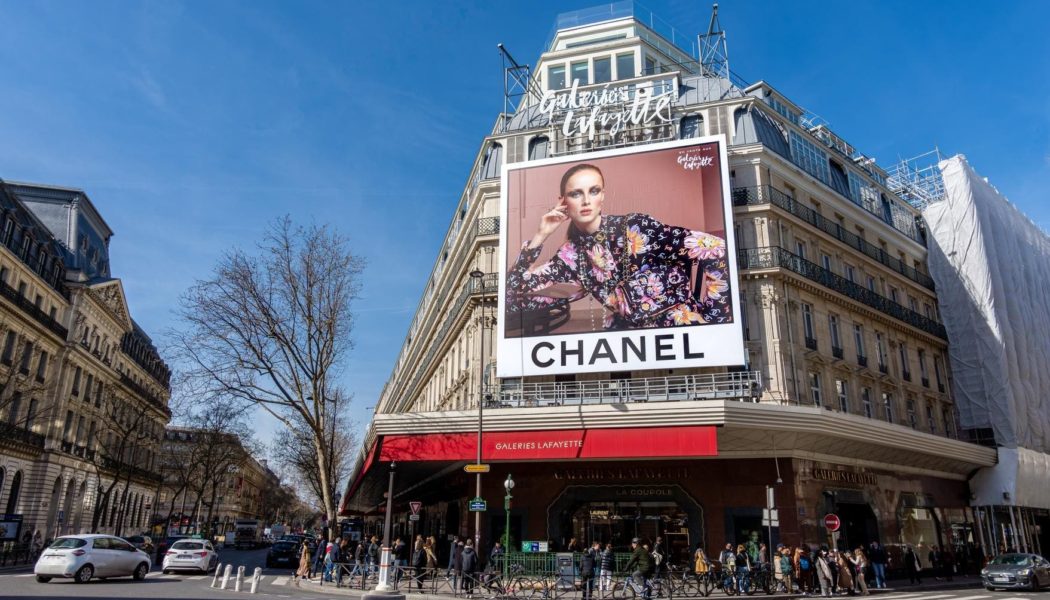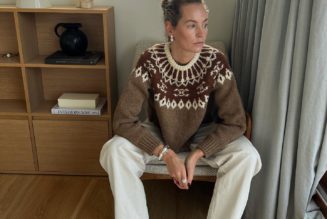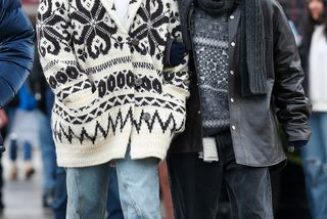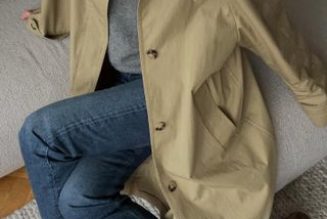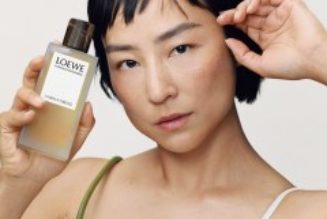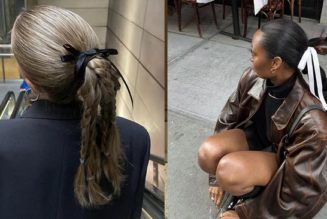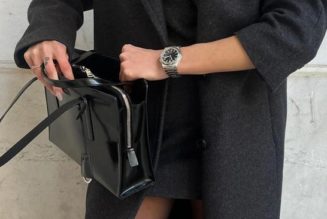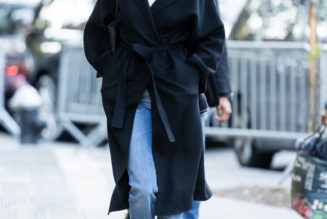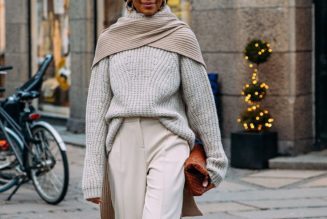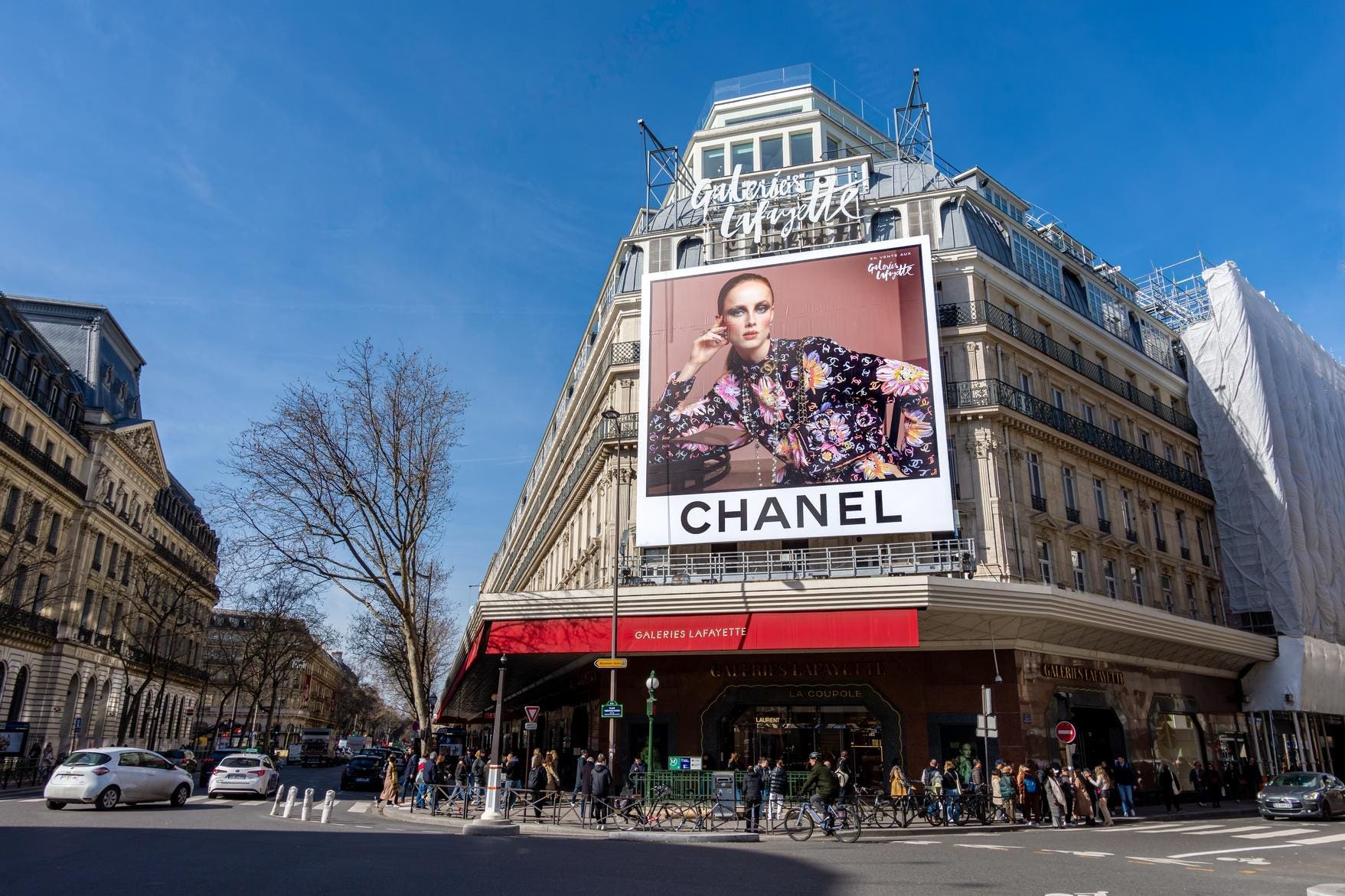
Chanel just announced revenues rose 16% to $19.7 billion in 2023 on a comparable basis at constant currency. It exceeded the 14% organic growth of industry leader LVMH’s Fashion and Leather Goods reporting segment but fell short of Hermès’ 21% advance on constant exchange rates, yet it surpassed Hermès in revenues of $14.5 billion (€13.4 billion).
Chanel still has a way to go to catch up to LVMH’s $45.8 billion (€42.2 billion) fashion and leather goods’ business, but then the group includes 14 brands, not one. While LVMH doesn’t report results at the brand level, industry consensus is Louis Vuitton is far and away the industry’s number one brand; however, we can only guess how far ahead it is from Chanel.
Yet, there is no question that Chanel holds the industry’s number two poll position, but Hermès is narrowing the gap. Since 2019, when Virginie Viard took over as creative director after the passing of Karl Lagerfeld, Chanel was 1.6 times larger than Hermès – $12.3 billion compared to Hermès at $7.5 billion (€6.9 billion). In 2023, it dropped to 1.35 times larger.
And in those five years, Hermès had a compound-annual-growth-rate (CAGR) of 14.3% while Chanel trailed at 10%. If current trends continue, Hermès will be just about level with Chanel by the end of this decade or early part of the next and then begin to more ahead.
Cost Of Growth
For now CEO Leena Nair, who joined Chanel in January 2022 from chief human resources officer at Unilever, is confident Chanel has what it takes to stay out in front.
“The performance in 2023 follows a period of unprecedented growth. In the last decade, we have more than doubled our revenue and more than doubled our headcount. In the last five years, we doubled the size of our distribution network,” she shared in a call with Laure Guilbault of Vogue Business. Neither Chanel or Hermès provided comment before posting.
Chanel now has over 600 boutiques and employs more than 36,500 people. Hermès, by contrast, operates some 300 stores and has about 22,000 employees.
Hermès’ leaner footprint translates into greater profitability. Chanel had an operating profit of $6.4 billion or 32% of revenues compared to Hermès’ margin of 42% on $6.1 billion (€$5.7 billion) operating income.
Uneven Market Performance
Chanel CFO Philippe Blondiaux, who joined Nair on the Vogue Business call said, “Sales increased in all markets, with double-digit growth across all categories and momentum continued into the final quarter,” as he detailed growth in its major markets.
However, the company’s performance in key markets was uneven, compared to Hermès, which performed on par everywhere.
- Chanel bested Hermès’ growth in the Asia-Pacific market, up 22% versus 20% constant exchange rates. Asia-Pacific is Hermès’ largest market, accounting for 56% of revenues; Chanel didn’t report distribution by market.
- On the European front, Hermès had the advantage, up 20% versus 16.4% for Chanel. Hermès derived 23% of revenues there.
- It was in the Americas where Chanel and Hermès diverged. Chanel advanced only 2.6% on this side of the pond compared with 17% for Hermès. Hermès generated some 19% of revenues here.
The U.S. market, in particular, has been hard hit by inflation that has crimped the luxury spending power among the so-called aspirational HENRY (high-earners-not-rich-yet) consumers. Results would suggest that Chanel is more exposed to that consumer segment than Hermès.
Beauty is often the aspirational consumers’ gateway into luxury, and Chanel is more heavily vested in the cosmetics category than Hermès. Beauty Packaging magazine estimates Chanel generated some $6.5 billion in perfumes and cosmetics last year. Hermès brought in only $534 million in the category and its beauty sales rose 10% year-over-year.
One wonders how Chanel’s recently launched 31 Le Rouge refillable lipstick will go over priced at $195 and touted as the most expensive lipstick ever, when other Chanel lipsticks can be had for around $50. Refills at $90 also carry a hefty price premium. That the 31 Le Rouge lipstick is the first ever presented in a glass case is a distinction without a difference.
Disrupting The Price-Value Relationship
In the Vogue Business call, CFO Blondiaux slipped that a significant portion of Chanel’s topline growth was credited to price increases, rather than volume growth. “The breakdown of the 16% top-line growth we had in 2023 was 9% pricing and 7% volume, more or less.”
And he hinted at further price increases to come in September, after one went into effect in March.
“It’s simply reflecting two points, which is the inflation of the cost of our materials – which are exclusive, very scarce and by definition, expensive – and as well reflecting our price-organisation policy, which is when currencies fluctuate, we readjust our prices around the world. That’s how we adjust our prices twice a year,” he said.
Hermès is impacted by the same fluctuating economic factors and while it has raised prices recently, it hasn’t gotten the blowback on the street that Chanel has. The medium classic Chanel flap bag now retails for $10,800, more than double the $5,000 price in 2013.
“Even die-hard Chanel fans criticize the brand’s multi-year spike in bag prices,” writes Maura Carlin, editor of PurseBop. “Questioning whether Chanel classic flaps are worth the price has become the sport of social media influencers. As the Chanel prices inch ever closer to parity with those of Hermès famous quota bags – the Birkin 25 price is $600 more than the Chanel Medium Classic Flap – many wonder ‘Which would you rather?’”
The consensus is one would rather the Birkin, if you’ve got the cash in hand and you can find it – a big if.
Unsustainable Growth
Susanna Nicoletti, longtime luxury industry consultant and editor of the SUN Deluxe newsletter on Substack, questions why a private company – owned by brothers Alain and Gerard Wertheimer with $37.2 billion net worth and ranked number 42 in Forbes billionaires list – would want to push so hard for growth and that coming mainly by price increases.
“Growing in this way so quickly puts at serious risk the brand equity of Chanel,” she shared with me. “There is no objective reason for a totally private company to push in this way to double revenues at such a pace. Chanel is not only increasing revenues by price increases instead of sales; it is also growing excessively the fixed costs of the organization.”
Nicoletti says Chanel should take a lesson from Gucci’s rapid rise from 2016 to 2019 under creative director Alessandro Michele and CEO Marco Bizzarri and its subsequent fall from grace, resulting in both being let go.
“As we’ve already learned from troubled business of previously prestigious brands such as Gucci, growth needs to be carefully managed at proper speed, “she observed. “Unlike conglomerate Kering, which owns Gucci, Chanel does not have the pressure of shareholders and they should not be so eager to grow at the speed of light.”
She warned, “The impact of this growth in the medium term could turn Chanel into the next Gucci 2024.”
Steep Learning Curve
Nicoletti sees the only logical explanation for Chanel’s aggressive posture is to either sell or list it on the stock exchange, both options Chanel has repeatedly and forcefully rejected in the past. Yet bringing in a professional manager like Nair from a CPG giant like Unilever, with no fashion – let alone luxury – experience, belies those claims.
Even if Nair simply wanted to prove the Wertheimer brothers made the right CEO choice, she still has a learning curve ahead coming from a mass-market consumer product company such as Unilever. The luxury market operates under an entirely different set of rules.
A luxury brand like Chanel functions under the Veblen Goods economic model where goods are often bought to signal social status. Economist Thorstein Veblen coined the phrase “conspicuous consumption” in his seminal book The Theory of the Leisure Class in 1899.
Despite protests to the contrary – few will admit they buy a luxury brand as a status symbol, considering it too “nouveau riche” – the status signaling power of a luxury brand is an underlying motivation for many luxury consumers, even if they refuse to admit it.
Under the Veblen model, distribution must be tightly managed to build greater aspiration for the brand. Yes, raising prices is part of conferring luxury aspirational status to a brand, but only a small part.
The heavy lifting is done by creating and maintaining a mysterious allure around the brand with success measured over the long, not the short term. Allowing the luxury brand to become too commonplace can kill it. Having 600 points of distribution versus 300 for Hermès suggests Chanel may be overstepping its exclusive boundaries.
Nair’s boast of doubling sales and Chanel’s distribution network are metrics that any CEO of a consumer product goods company would be proud of; in luxury, it’s questionable. She also revealed plans to increase capital expenditure by 50% with more real estate and retail investments.
“There’s a real risk to luxury brands that are treated as a pure financial asset,” Nicoletti warned. “Nair still talks about scaling up the business as if intoxicated by Chanel’s own volatile success. They should look at Hermès instead.”
Passing The Torch
For Hermès chairman Axel Dumas, luxury is in his blood. Born in 1970, Dumas is a great-grandson of Émile Hermès and a sixth-generation family member responsible for the esteemed brand founded by patriarch Thierry Hermès in 1837.
The Wertheimer brothers have been around luxury for a long time too. Their grandfather Pierre co-founded Chanel with Coco in 1924. But they are getting on in years – Gérard is 73 and runs the company’s watch division and Alain is 75 and took the helm of the company in 1974. And they have varied interests, including French vineyards and a passion for thoroughbred horseracing.
Apparently none of the brothers’ children caught the bug for the Chanel business, so they have no one to pass their insider’s knowledge along to but Nair. And her thirty years at Unilever plus two more at Chanel can’t make up for a lifetime of learning that Dumas got around the dinner table.
Unlike in horse racing, Dumas knows slow and steady wins the race in luxury and he manages the Hermès brand accordingly.
